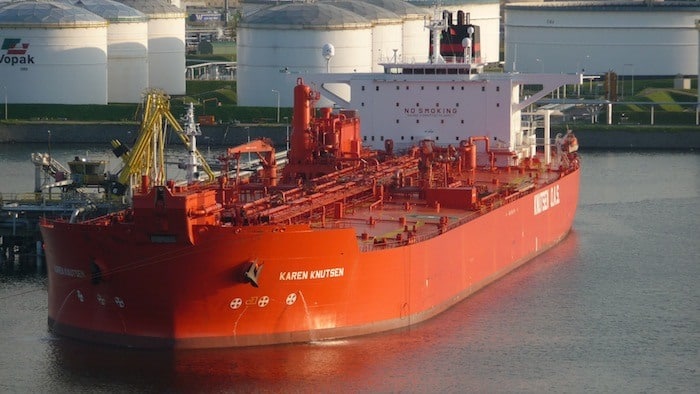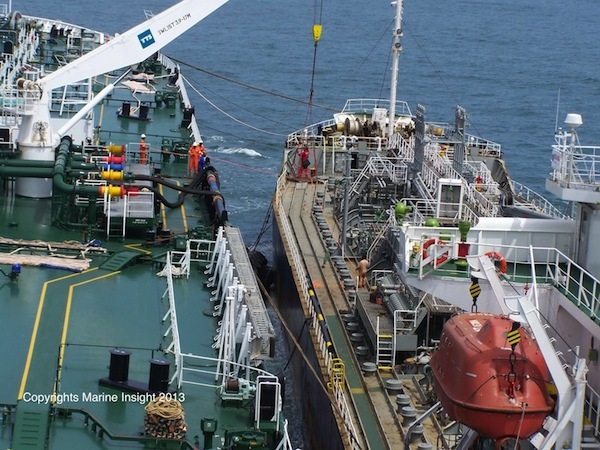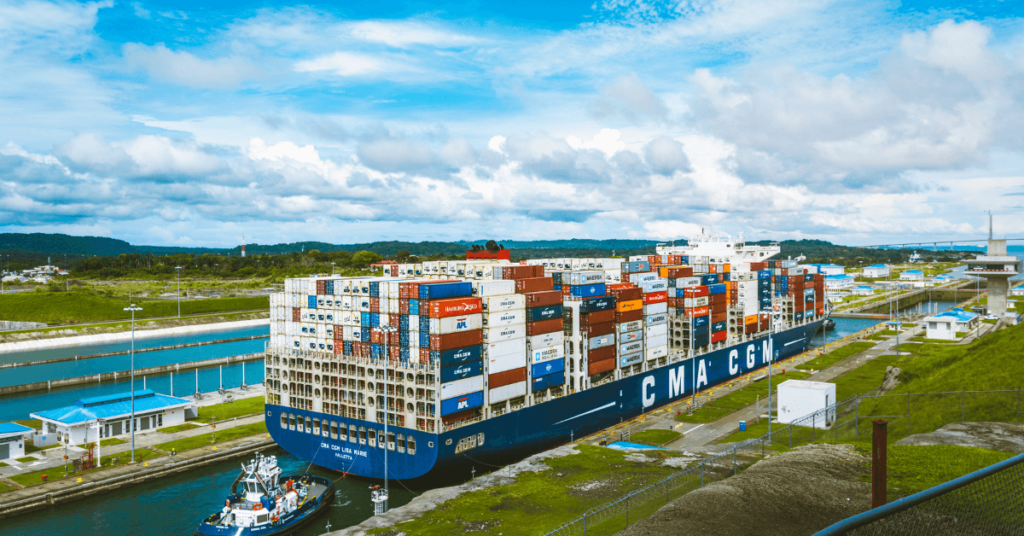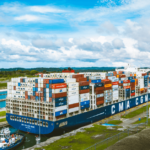10 Important Points to Remember After Completing Cargo Operations on Tankers
Cargo loading/unloading operations on ships is a hazardous task that can lead to serious consequences. Ship officers must take extra precautions not only while carrying out these operations but also after completion.
Cargo handling on tanker ships involves a variety of equipment and tools which must be used properly to ensure safe operations. Mentioned below are ten important points which must be considered after completion of tanker cargo operations.

1.Check Loaded Quantity
After the completion of cargo loading, the loaded quantity of the cargo tanks should be checked and confirmed by a responsible officer and also by a representative of the shore. Any kind of discrepancy in the quantity must be informed to the master and concerned authority immediately.
2. Inform Engine Room
Notify the engine department after discharging is over and ensure that the surveyor has issued the “Dry Tank Certificate or Empty Tank Certificate” to the vessel.
3. Keep The Logbook Updated
Ensure that times of all events of the loading/discharging operation are recorded in the Cargo logbook and main points are transferred in the Deck logbook.
4. Close All Valves
After the completion of the cargo loading / unloading operations, all cargo valves involved in the process should be closed. Shore control valves should be closed before the tanker valves.
5. Remove the Cargo Hoses By Avoiding Oil Spill
After checking that the valves are closed, cargo hoses should be taken off by ensuring that leakages from cargo left in the hoses is collected into cargo pans. This is extremely necessary to prevent any kind of oil spill.
6. Check Breather Valve
The breather valves should be checked to ensure that they are correctly set to maintain pressure inside the tank.
7. Change the Flange Position
Change the fitted position of the Spectacle Blind flange to it’s blank side to isolate the line and prevent overflowing.
8. Close Tank Openings
All appropriate tank openings should be closed by using the designated tools after the completion of the cargo loading / unloading. This operation is to be carried out by pump-man or bosun under the guidance of chief officer or other responsible officer. Also, cargo manifolds and marine arms or hoses should be securely blanked after being disconnected.
9. Remove Earth Bonding Cables
The Earth Bonding Cables should be taken off after the cargo hoses are disconnected.
10. Open Drain Cocks
The tanker manifold and shore valves should be closed and the drain cocks at the tanker’s manifold should be opened to allow draining of cargo into fixed drain tanks or portable drip trays.
Additional Points to Remember During and Towards Completing of Cargo Operation
- If it is necessary to sound the tanks when approaching the completion of cargo discharge, the inert gas pressure can again be reduced to a minimum safe operational level to permit sounding through sighting ports or sounding pipes. Care should be taken to avoid the ingress of air or an excessive release of inert gas
- If STS operation is being performed and there is a large difference in freeboard between the seagoing vessel and the inland tanker, the crew must make allowance for the contents of the hose on completion of the transfer

- The Inert Gas System (IGS) recorder shall be switched on to record and monitor the cargo tank’s pressure. It should also be suitably marked for details of voyage number, date and time of starting and corresponding present pressure
- Where possible, the completion of loading should be done by gravity. If pumps have to be used to end the process, their delivery rate during the ‘standby’ time should be regulated so that shore control valves can be closed as soon as requested by the tanker.
The Ultimate Guide to Cargo Operations for Tankers is a practical ebook which explains cargo operations on tankers. The guide explains important points such as:
- Port Arrival Preparation
- Ship/Shore Safety Meeting
- Cargo Loading Procedure
- Cargo Unloading Procedure
- Stripping
- Ballasting & Deballasting
- Inerting
- Purging
- Gas Freeing
- Crude Oil Washing
- Tank Cleaning
- Pressure Testing of Cargo and Ballast Lines
- Brake Testing of Mooring Winches
- Emergency Inerting
Do you know any other important points to consider after completing tanker cargo operations? Let us know in the comments below.
You may also like to read –
Do you have info to share with us ? Suggest a correction
Latest Shipboard Guidelines Articles You Would Like:
Subscribe To Our Newsletters
By subscribing, you agree to our Privacy Policy and may receive occasional deal communications; you can unsubscribe anytime.
















Leave one tank open after loading for one day in order to drain remains of cargo. Overwise cargo can expand under sunlights and damage pipeline.